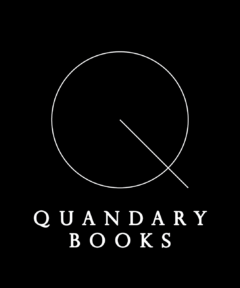The previous mini-monograph on the Ashover Stones occasioned a surprising communication from a pair of academics in Crimea who sent me a publication about an incised pavement they had discovered at Kara Khodzha in the Crimean Uplands, which they considered was probably a Star Map dating from the Chalcolithic (Copper Age). While agreeing with their general interpretation this pamphlet offers an alternative construction. The pamphlet carries ‘an epistemological health warning‘ – because the interpretation is built on several layers of hypotheses rather like a stack of Genga blocks. But Bacon observed that ‘Truth comes sooner out of error than confusion’ so sharing the interpretation seems to be worthwhile.
The interpretation offered in this pamphlet is that what the Yena brothers have discovered is indeed an ancient Star Map, but one which constructed the sky as revealed at a Total Solar Eclipse, hinting at the solar corona and the ‘diamond ring’ effect. This hypothesis implies that astronomical calculation might be able to establish the date of the petroglyphs, since not only would one have an exact location in the path of totality, but one would have an indication of where the Sun was against the background of stars when it happened.
Projecting eclipse calculations into the distant past (beyond 2,000 BCE) is fraught with mounting uncertainties, not least the slowing of the Earth’s rotation due to incompletely known causes (e.g. the continued rebounding of the land masses covered in the last Ice Age). This pamphlet takes the mathematical models developed for retrodicting eclipses and pushes them into the distant past, to seek dates on which paths of totality, crossed Crimea while the Sun was in Scorpius. The most recent such coincidence appears to have occurred in 5,426 BCE at the very beginnings of the Trypillia-Cucuteni Civilisation. However if one were to suppose that what made such an event particularly dramatic would be if it occurred during some prehistoric Summer Solstice Festival, then the likely date would have been 10,307 BCE, not long after the end of the last Ice Age. That such events were experienced as ‘existentially traumatic’ is indicated in some of the Hymns in the Rig Veda, the oral transmission of which predates the arrival of the Vedic culture into India.
The pamphlet has been produced in the hope of stimulating more people to ask questions about meaning of the prehistoric cup-and-ring petroglyphs which are repeatedly being uncovered.
Copies are currently available on request via local astronomical societies, but if there is sustained interest then it will be offered via Derby Museum and Art Gallery.
Many colour illustrations
ISBN 978-1-913253-21-9
Published July 2023
